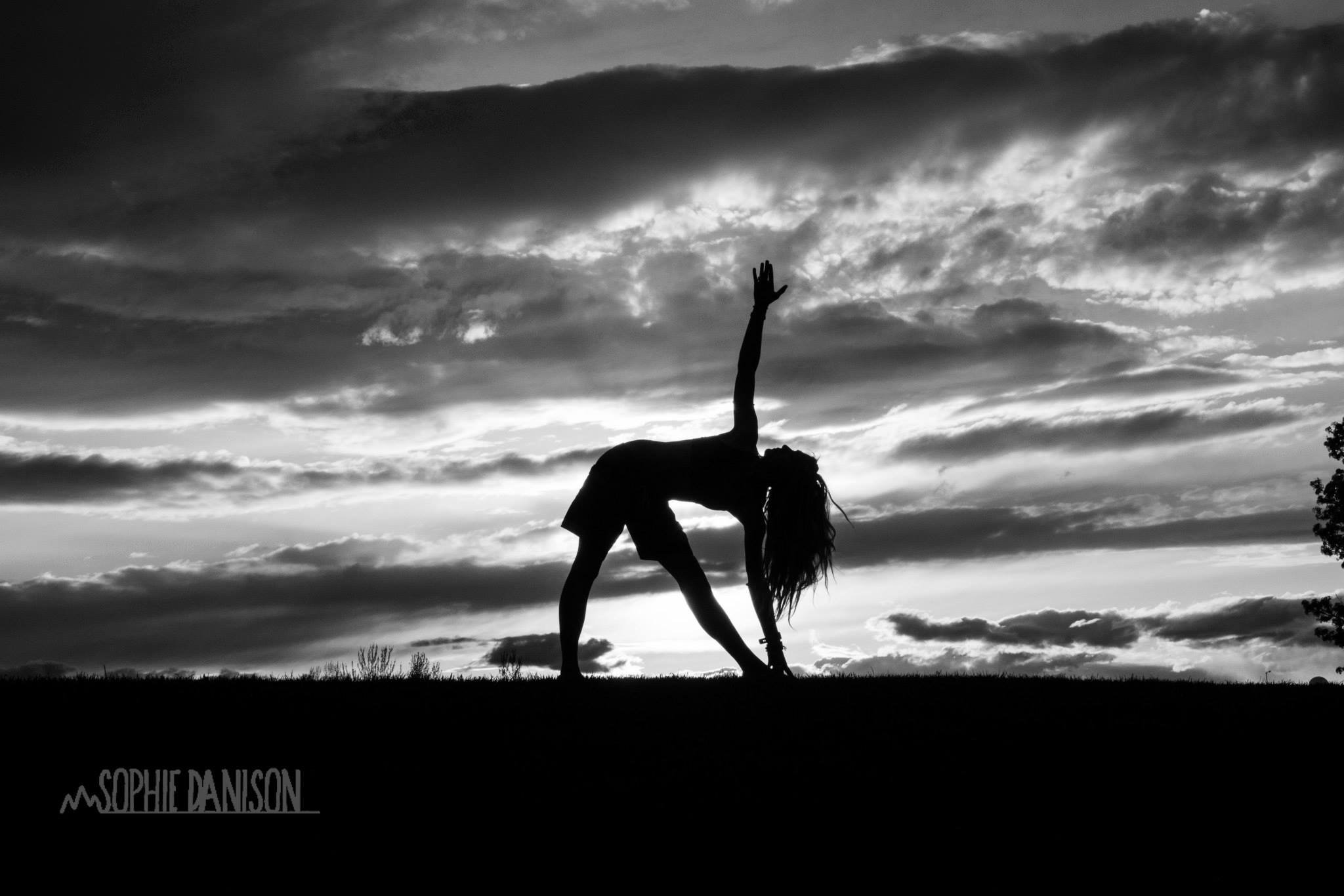Photo courtesy of Mandela Leola Van Eaden
Yoga Spirals Method
Overview:
Context
Origins
Theory
How to Practice
Context
For thousands of years the science of yoga, and its predecessor sciences, have sought to put and end to human suffering through the individual application of practices designed to root out the causes of our misery. While yoga has many traditions, it is anti traditional in that the very approach to yoga requires a clean slate and an open mind.
The western approach to yoga is similar to commercialized fitness routines, where groups of individuals gather together to practice physical exercises, with little opportunity to adapt the postures to their individual needs.
The founder of modern yoga, T. Krishnamacharya, gave clear instructions that yoga should be adapted to each student, and practiced individually under the guidance of a teacher. Students have been instructed through the guidance of the yoga shastras, to avoid “pseudo yoga”, and to instead pursue the ascetic path of renunciation of the ignorance of mind, and instead seek within to discover the truth through the subtleties of their own inner wisdom. Yoga is a path of rebellion; it is a path that calls into question the fundamental concepts of reality that are accepted by the mainstream.
2. Origins
Yoga comes from the ancient Indian subcontinent, with anthropological evidence of practices resembling yoga dating back over 5000 years ago. The practice of asana or postures, is a practice of wellness in order to preserve the human body for meditation (raja yoga), and right action (karma yoga).
To early practitioners of yoga, the practice of yoga was much more than just the act of performing postures; it was designated as a way of life that eclipsed suffering. The early practitioners of yoga lived in harmony with nature, and anthropological evidence supports that their bodies were healthy, without damage from war fighting, and often lived well into old age without sickness. Truly, the life of a yogi is one of harmony and balance with the natural order of things, so that the human experience could be deeply rich and fulfilling.
3. Theory
The theory of yoga comes from the oldest of the schools of Indian thought, called Samkhya. This framework of universal understanding contrasts that of European philosophy, as well as other Eastern philosophies, because it is strongly dualistic, and places a great deal of emphasis on the ability to discern fantasy from reality. In fact, this school of thought is called “realism”.
Samkhya is the root of all yogic thought. Without Samkhya, yoga philosophy would not make any sense. To practice yoga without an understanding of Samkhya is like performing surgery without understanding anatomy; you will certainly be able to make some change, but the end result may not align with your original intentions. It is important to study the theory of yoga over a long period of time, and ideally under the guidance of a knowledgeable teacher. It is not advised to take yoga practice under a teacher who does not know what yoga really is.
4. How to Practice
Practicing at Yoga Spirals involves a simple process of onboarding, and then sustaining, your personal practice. Here are the steps:
Introduce yourself and make an appointment with your potential future teacher, so that they can become informed of who you are, what goals you have in your practice, and what obstacles you are looking for help with. It’s important to be honest and forthcoming so your teacher can get to know you. To do this please call 360-383-8982, or email ashtangateacher@gmail.com.
Develop a personal practice under the guidance of your teacher. This will be customized to your individual needs, as learned in step 1. Typically, this starts with simple customized practice (asana) sequences, or hatha yoga practices.
Maintain your personal practice by attending individual instruction sessions (often by Zoom or in person) as well as attending at least one monthly one on one session with your teacher to go over the result of the practice, and making changes as necessary.





